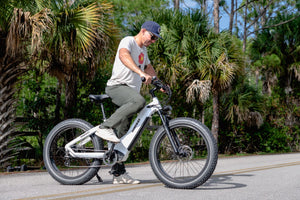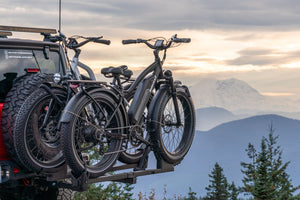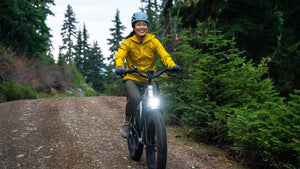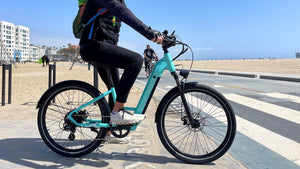
What Are the Main Features to Compare between E-bikes?
There are plenty of e-bikes on the market today and the competition just keeps heating up. With so many options to choose from, you may be wondering, “What are the main features to compare between e-bikes?”
This is a common question and an important one, too. Uneducated buyers simply look at price when comparing two products. This is a recipe for disaster in the world of electric bikes where quality matters to a high degree. Different styles, different brands, and different features all contribute to the price of an e-bike. A bike with a “cheap” price may end up costing more over the long run due to repairs, parts replacements, or the desire to upgrade the bike once you realize it doesn’t suit your needs.
Avoid the headache of getting the wrong e-bike by comparing all relevant features before choosing the bike that’s best for you. Below we discuss the top five features to compare when looking at e-bikes. While there are more features you could consider, these are the main points to consider and will have the biggest impact on your ride.
Tires
E-bike tires are the only part of the bike that makes contact with the ground you ride on. This makes them especially important to pay attention to. A great e-bike tire can improve your entire riding experience.
Traditional bikes, especially road bikes, typically come equipped with standard or even narrow tires. While skinny tires will help you go fast in a race, they are not suitable for handling a variety of terrain. Skinny or narrow tires also provide little to no absorption of the natural shocks in the road or trail. In addition, traditional bike tires cannot usually handle unique riding conditions such as rain, snow, sand, or mud.
This is where the fat tire comes in. Wider than traditional tires, fat tires usually begin at 3 inches wide and can go up to 5 inches. Fat tires are excellent at handling tough riding conditions such as snow or sand. They provide maximum cushion to the rider because they can be used with lower tire pressure. Finally, they provide maximum traction due to the widest surface area possible making contact with the ground. For those looking for a comfortable adventure, fat tires are the way to go.
Battery
Not all batteries are created equal. This is where price matters. A cheap bike will usually come with a cheap battery. It will need to be recharged often, might get ruined easily when damaged, and may not last as long as you think. Himiway has been sourcing and using some of the best batteries in the industry to give maximum power and longevity to our bikes. The larger the battery, the further you can travel without needing to stop to recharge. This is especially important on long rides or areas that do not offer charging outlets.
Not only does a high-quality battery provide good range, but it also is not as susceptible to damage from rain, snow, or shocks to the bike. Look for at least a 17.5Ah (840Wh) battery. Himiway e-bikes, for example, use a Samsung Lithium-ion battery to ensure a long life expectancy and distinguished performance.
Himiway offers a 2-year warranty on batteries. It is important to check what type of warranty protection a brand offers on its batteries because they are such a critical piece of the electric bike experience.
Motor
A powerful motor that helps you tackle difficult or steep terrain is a must-have feature of any good e-bike. Aim for 750W of power in your motor. This size will let you accelerate quickly and smoothly in traffic, on the trails, or whenever you want to add a little bit of boost to your ride.
Some bikes will have hub motors mounted in either the front wheel or the back. Many riders prefer a rear-mounted hub motor because it is more secure and provides better traction. Hub motors are usually self-contained and require little to no maintenance. One drawback is that a hub motor will have connections that may make it more difficult to change out tires quickly.
Another great option are mid-drive motors. The advantage with mid-drive motors is that tires can be changed out easily, and the bike may be better able to regulate power efficiently since the shifting, pedaling, and power input is all located close together on the bike.
Warranty
Every reputable e-bike brand should offer a warranty on its product. The minimum warranty to look for when comparing e-bikes is a one-year warranty. However, brands that stand behind the quality of their product will offer at least a two-year warranty. This is because when quality parts are used in the design and build of an e-bike, the company can be more confident that the bike will last throughout the warranty period and afterward. Himiway bikes come with a two-year warranty on the bike and battery system at no additional charge.
Range
There is always a tradeoff between power and range. The range refers to how far you can travel on a single charge while the power refers to how quickly you can accelerate and the top speed your bike can go. The best e-bike companies balance strong power with long-range.
Himiway is well known for providing some of the longest ranges in their class. This is good news for those with long commutes, big adventures, or who do not want to recharge their bike too often. A single charge should last you at least 45 miles on a high-quality e-bike. Of course, everyone’s range will be slightly different due to changing terrains, the different levels of pedal assist being used, and the weight of the individual rider.
Now you know the main features to compare when shopping for your e-bike. Consider the tires, battery, motor, warranty, and range of each e-bike. Thanks to online shopping, comparing e-bikes has never been easier. We are confident that you will find Himiway e-bikes compare very favorably to our competition amongst these and other features. For more information, check out our comprehensive comparison guides on the Himiway Cruiser vs. RadRover 5, the Himiway Cruiser vs. Aventon Aventure, and the Himiway Escape vs. Lectric XP 2.0.
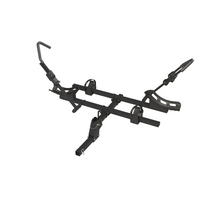
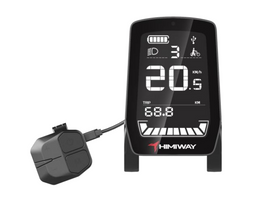
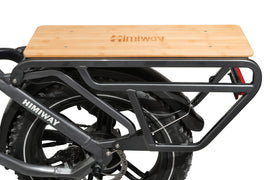
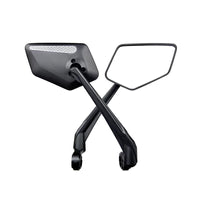
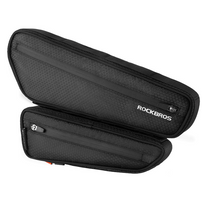
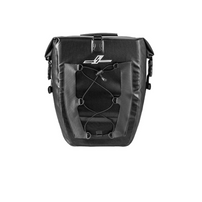
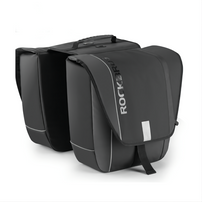
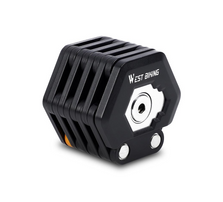
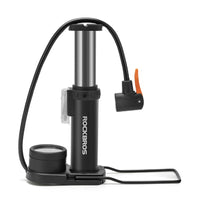
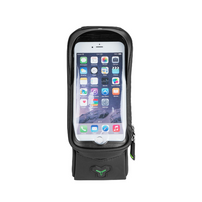


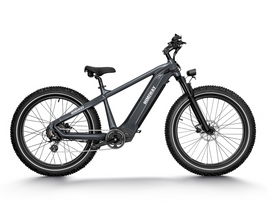
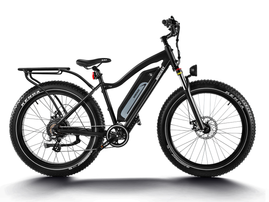
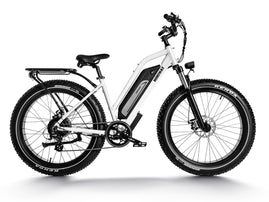
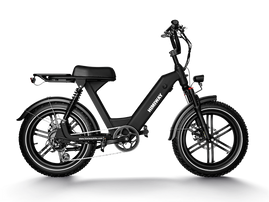
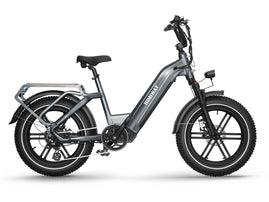
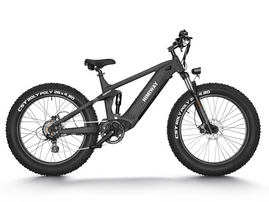
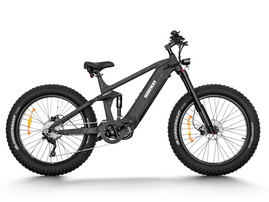
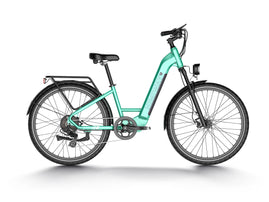
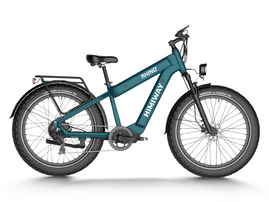




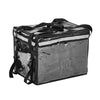
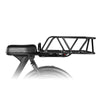


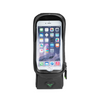
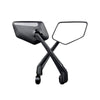

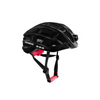

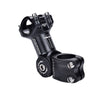
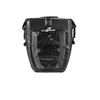



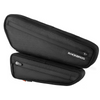
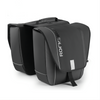
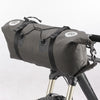

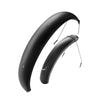




 US
US
 Canada
Canada Deutschland
Deutschland La France
La France Nederland
Nederland United Kingdom
United Kingdom